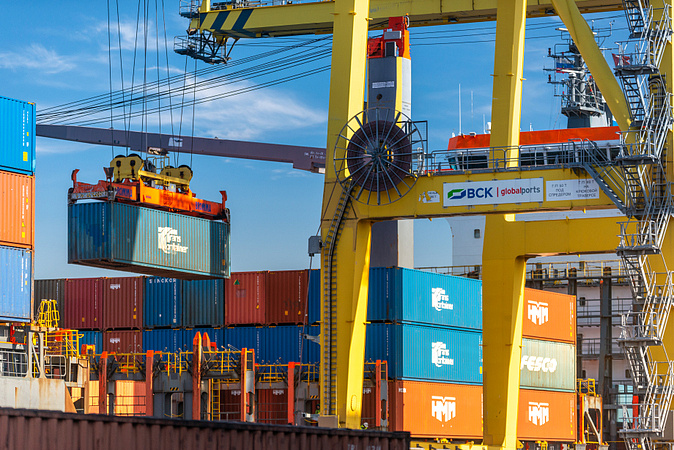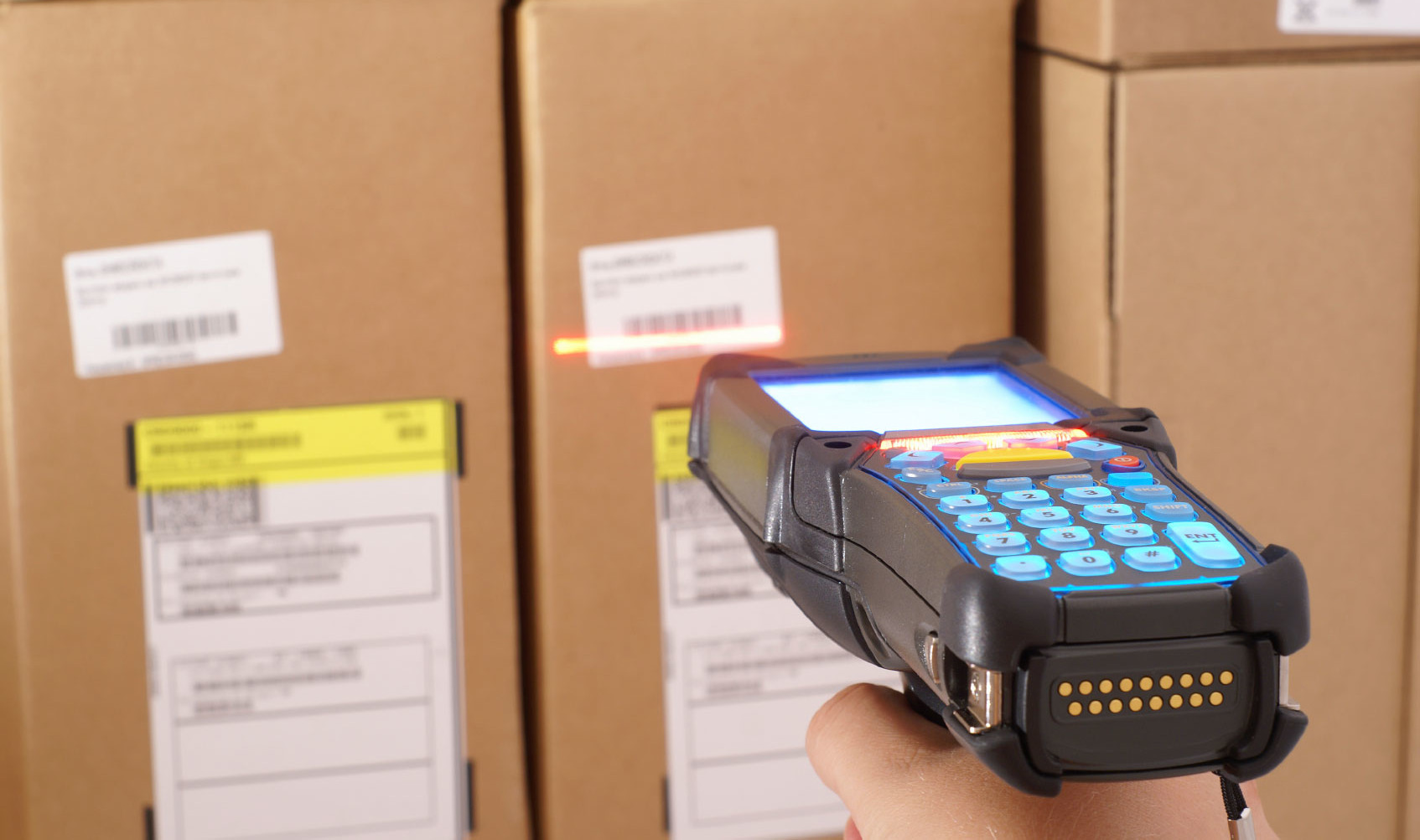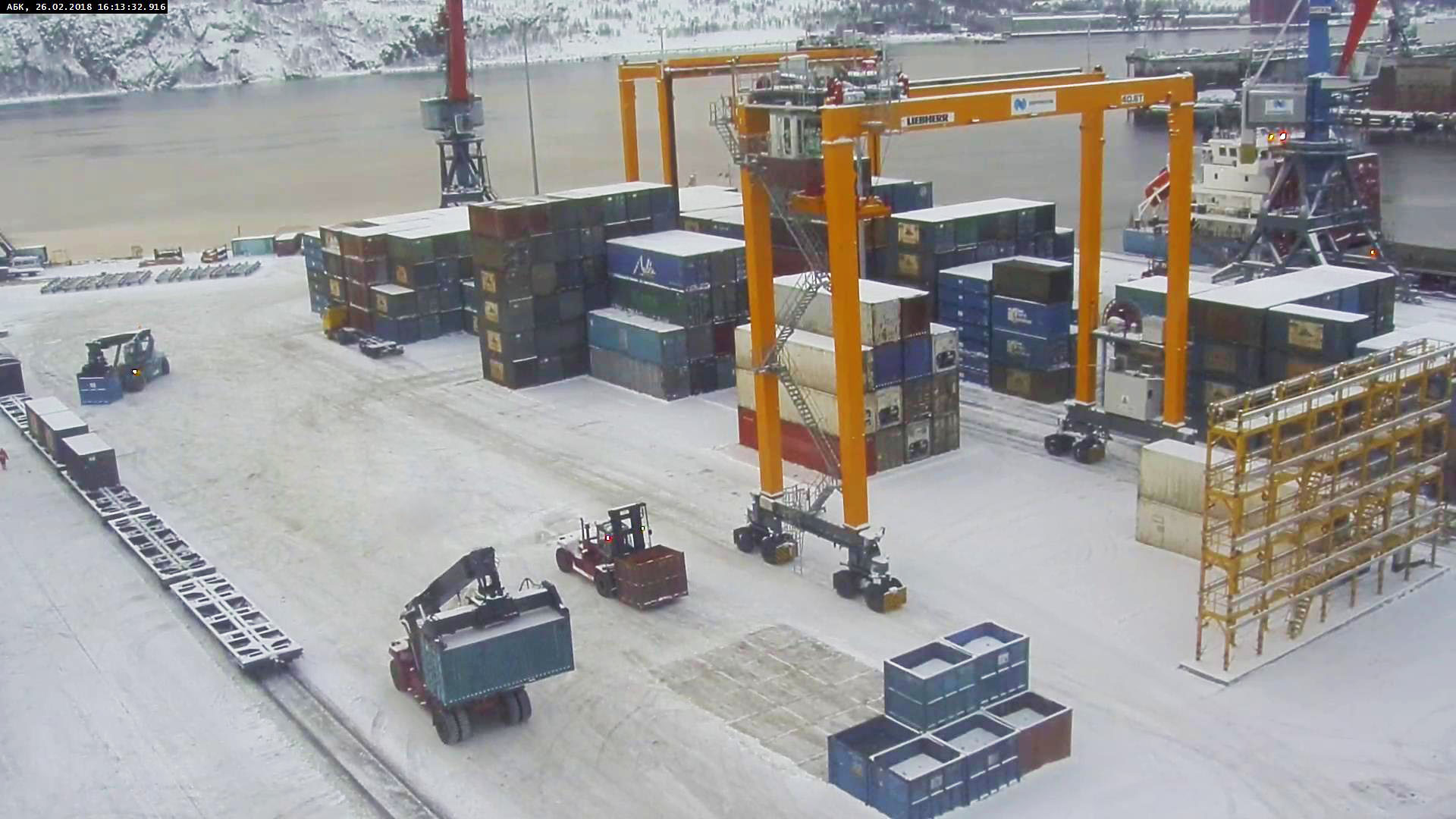





In 2017, Solvo.TOS ver. 5.0 was successfully implemented at the Murmansk transport affiliate of Nornickel, the biggest producer of Palladium in the world.
In March 2017, Nornickel completed the modernization of its transshipment terminal in Murmansk, which became one of the biggest investment projects for transportation infrastructure development north of the Arctic circle.
The new transport-logistics hub can process 1.5 million tons of container cargo per year. The warehouse zone is 100,000 sq. meters. Berths are equipped with portal cranes with a lift capacity from 40 to 80 tons. The yard uses reachstackers, forklifts and two gantry cranes equipped with lift control system and automatic spreaders capable of lifting containers weighing up to 40 tons.
Terminal processes have been optimized significantly thanks to the implementation of Solvo.TOS, specifically:
Centralized CHE fleet management;
Online productive operations tracking;
Automatic container handling operations planning;
Flexible planning and efficient usage of terminal space;
Timely creation of production cycle documentation and reports;
Reduction in time trucks spend at the terminal.
These benefits were achieved by SOLVO experts who implemented the following technologies at the terminal:
Address-based container storage;
Electronic documentation of processes;
Planning, execution and tracking all operations in automatic and semi-automatic modes;
Online cargo identification technology using heavy-duty mobile computers for tallymen and terminal vehicles;
Automatic generation and issuing of tasks for tallyman and CHE drivers, and more.
This type of automatic made it possible to minimize the number of unproductive moves, optimize CHE usage and human resources, while reducing human error to increase overall productivity.
V.C. Sidorenko, the terminal’s deputy director and head dispatcher, said:
“Among the results of Solvo.TOS implementation, I would like to note the optimization of CHE operations as well as the ability to quickly adjust processes on-the-fly during a shift, thanks to the introduction of the warehouse layout module.”
The given project had to account for the terminal's specifics when implementing Solvo.TOS:
Nornickel is simultaneously the shipper, container line agent, ship owner, cargo owner, and operator of its own train yard. This gives a fully closed production cycle, which had to be accounted for when implementing the terminal operating system;
Besides 20 and 40 foot container, the terminal also uses 10 foot container as well as low half-height 20 foot containers with a height of 1.3 meters. The system was adapted to handle these non-standard sizes;
Solvo.TOS takes into account the specifics at the ship operations area. Portal cranes are used for load handling operations at the berth instead of standard quay cranes. Containerships, which dock at the terminal are also typically non-standard - not with with 40 foot bays, but ice-breaker ships where containers are loaded in the common cargo hold.
All of these specifics are reflected in the cargo handling operations algorithm as well as in the logic for creating automatic tasks by the system. This is exactly why it was decided to develop an arbitrary type of new universal vessel loading-unloading module. The new module, in particular, makes it possible to plan container loading operations involving non-standard containers, including the specificity of allocating container fixtures on the deck;
Solvo.TOS supports container transfer between terminal yards, which is performed via either road or rail.
The truck operations area now supports automatic dual permit creation for gate entry: for the so-called “material” payload and also for the transport vehicle and driver.
“Despite the affiliate using it for less than 1 year, it can already be confirmed that automation system implementation improved operations at the terminal, while further expansion of functionality and development of Solvo.TOS is expected to further optimize processes and boost efficiency at the Murmansk port,” adds Sidorenko.
The terminal’s future plans include the implementation of Solvo.TOS for managing general cargo operations.





